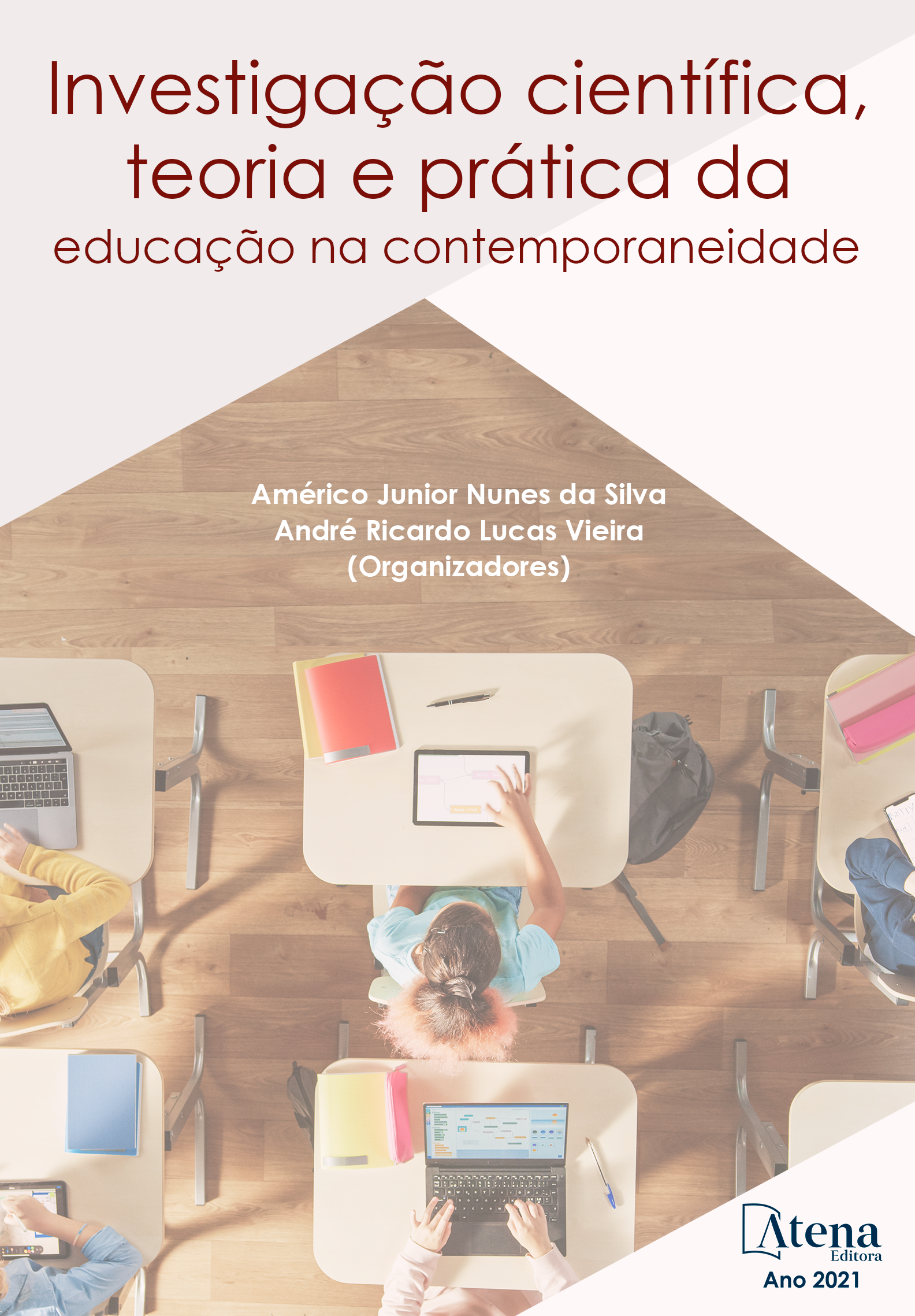
INOVAÇÃO NA LECTURA
EM 8 DE SETEMBRO, É COMEMORADO O DIA MUNDIAL DA LITERACIA.
A aquisição de conhecimentos através da leitura é muito benéfica para todos e abre portas de autonomia social, cultural e pessoal que até agora estavam fechadas. Neste sentido, a Agenda 2030 e a necessidade de alfabetizar a sociedade no âmbito dos objetivos, tem como quarto Objetivo de Desenvolvimento Sustentável “Garantir uma educação inclusiva, equitativa e de qualidade e promover oportunidades de aprendizagem ao longo da vida para todos”. Este objetivo visa garantir uma educação de qualidade e promover oportunidades de aprendizagem ao longo da vida para todos.
De acordo com os dados coletados pelo Instituto Nacional de Estatística para o ano de 2019 na Espanha, mais de 600.000 pessoas não sabiam ler. O analfabetismo na Espanha foi um flagelo até a segunda metade do século XX. Em 1936, início da Guerra Civil, 25% dos espanhóis eram analfabetos. A extensão da educação reduziu gradativamente as taxas, mas ainda hoje 581.600 espanhóis, 1,25% do total, não sabem ler nem escrever, segundo o relatório 'População acima de 16 anos por nível de formação', publicado pelo Instituto Nacional de Estatística (INE).
E se uma pessoa não tiver aprendido a ler aos 20 anos? Nós nos conformamos?
Esses dados refletem que, em primeiro lugar, é necessário um NOVO MÉTODO DE LITERACIA, que seja mais fácil e intuitivo de aprender a ler e escrever.
Em segundo lugar, partimos do fato de que o castelhano ou o espanhol é uma língua transparente. O que significa que é pronunciado da mesma forma que está escrito? As línguas transparentes são aquelas em que o grafema coincide com o fonema, em que uma letra geralmente corresponde a um som.
Ao contrário de idiomas opacos, como o francês ou o inglês, que são pronunciados de maneira diferente da grafia. Essa característica da nossa língua foi o início do meu Método de Leitura Bucal. Se escrevermos a forma da boca sob cada consoante, será mais fácil aprender a ler. Portanto, há uma necessidade de alfabetizar a sociedade no marco das metas de desenvolvimento sustentável distribuídas na agenda 2030.
Aprendo todos os dias com seus alunos de 3 a 12 anos. Inconformado com os métodos atuais de leitura, desenvolveu “O livro de leitura com as bocas”, que começa com a pronúncia e a leitura para todos, muito necessária para o pleno desenvolvimento da vida. Eu me considero Inovador, Divergente e Feliz. Ser professor implica um ensino bidirecional onde o aluno e o professor trocam seus papéis, adaptando-se às capacidades de cada um, se resume na minha frase “Faça sua luz iluminar seu brilho”.
INOVAÇÃO NA LECTURA
-
DOI: 00
-
Palavras-chave: Caminho para a alfabetização. Aprender a ler espanhol. O som de uma consoante é representado por uma boca humana. O método visual, ortofônico, auditivo e analítico relaciona cada consoante a uma representação bucal de seu som. É um método de idiomas transparentes como o espanhol.
-
Keywords: Path to literacy. Learning to read Spanish. The sound of a consonant is represented by a human mouth. Visual, ortophonic, auditory and analytical method relates each consonant to a buccal representation of its sound. It is a method of transparent languages such as Spanish.
-
Abstract:
ON SEPTEMBER 8, WORLD LITERACY DAY IS CELEBRATED.
The acquisition of knowledge through reading is very beneficial for everyone and opens social, cultural and personal autonomy doors that until now were closed. In this sense, the 2030 Agenda and the need to make society literate within the framework of the goals, has as its fourth Sustainable Development Goal “To guarantee inclusive, equitable and quality education and to promote lifelong learning opportunities for all”. This goal is intended to ensure quality education and promote lifelong learning opportunities for all.
According to the data collected by the National Institute of Statistics for the year 2019 in Spain, more than 600,000 people could not read. Illiteracy in Spain was a scourge until the second half of the 20th century. In 1936, the beginning of the Civil War, 25% of Spaniards was illiterate. The extension of education gradually reduced the rates, but even today, 581,600 Spaniards, 1.25% of the total, cannot read or write, according to the report 'Population over 16 years by level of is training’, published by the National Institute of Statistics (INE).
What if a person has not learned to read by age 20? We conform?
These data reflect that in the first place, a NEW LITERACY METHOD is necessary that is easier and more intuitive to learn to read and write.
Secondly, we start from the fact that Castilian or Spanish is a transparent language. Which means that it is pronounced the same as it is written? Transparent languages are those in which the grapheme coincides with the phoneme, in which a letter usually corresponds to a sound.
Unlike opaque languages like French or English that are pronounced differently from how they are spelled. This characteristic of our language was the beginning of my Mouth Reading Method. If we write the shape of the mouth under each consonant, it will be easier to learn to read. Therefore, there is a Need to Literate society within the framework of the sustainable development goals distributed in the 2030 agenda.
I learn every day from his students from 3 to 12 years old. Nonconformist with current reading methods, he has developed "The reading book with the mouths", which begins with pronunciation and reading to all, very necessary for the full development of life. I consider myself Innovative, Divergent and Happy. Being a teacher implies a bidirectional teaching where the student and the teacher exchange their roles, adapting to the capacities of each one, is summarized in my phrase "Make your light illuminate its brightness."
-
Número de páginas: 8
- IRENE REJÓN SANTIAGO


